With artificial intelligence reshaping industries across the globe, the AV sector is no exception. Integrators, consultants, and designers are increasingly adopting AI AV design tools to streamline workflows, eliminate repetitive tasks, and create more accurate and compelling AV systems. But not all tools are created equal.
If you are considering investing in an AI-based AV design solution, it is essential to ask the right questions before committing. The right platform can significantly improve efficiency and profitability, while the wrong one may cause confusion, compatibility issues, or wasted resources.
One of the leading platforms in this space is XTEN-AV, a feature-rich AI AV Design Tools that offers automation, error detection, real-time collaboration, and powerful design capabilities. Before you choose a tool like XTEN-AV or any other, be sure to evaluate your options with a critical lens.
This blog will guide you through the most important questions to ask before purchasing an AI-powered AV design tool—so you can make a smart, scalable, and future-proof decision.
1. Does It Truly Use AI, or Just Automation?
Start by understanding what the tool really offers. Some platforms market themselves as AI-powered but only provide basic automation features. True AI means the software can learn, make recommendations, detect anomalies, and adapt to your workflows over time.
Ask:
- Does the tool offer intelligent device recommendations?
- Can it detect errors in real time?
- Does it learn from past designs or user behavior?
XTEN-AV, for example, incorporates genuine AI capabilities by providing dynamic suggestions based on project types, room acoustics, and previously successful designs. It goes beyond automation to actively assist you throughout the design process.
2. How User-Friendly Is the Interface?
Even the most powerful features are useless if your team cannot access or navigate them easily. A steep learning curve can hinder adoption and cost you valuable time.
Ask:
- Is the platform intuitive for both new and experienced users?
- Does it require extensive training or certifications?
- Can junior designers get up to speed quickly?
XTEN-AV is designed with a clean, cloud-based interface that supports drag-and-drop functionality, easy navigation, and fast onboarding—making it suitable for small teams and large enterprises alike.
3. Is It Compatible with My Existing Workflow and Tools?
Your AI AV Design Tools should enhance your current processes, not disrupt them. It should integrate well with your documentation standards, project management platforms, and client communication tools.
Ask:
- Does the tool support integrations with CRM or proposal software?
- Can I export diagrams, BOMs, or reports in my preferred formats?
- Is it compatible with existing design libraries or templates?
XTEN-AV allows seamless integration with manufacturer databases, offers exportable PDF and Excel formats, and aligns with industry-standard documentation practices.
4. Does It Include Real-Time Collaboration Features?
AV design is rarely a solo job. Teams often include sales reps, engineers, project managers, and installers. The ability to collaborate in real time can reduce errors, speed up approvals, and enhance transparency across departments.
Ask:
- Can multiple users work on the same project simultaneously?
- Are changes tracked and recorded?
- Can I control user roles and permissions?
With XTEN-AV’s cloud-based infrastructure, multiple stakeholders can collaborate on the same project live, helping teams move faster and more efficiently.
5. How Accurate Are the AI Recommendations?
A core benefit of AI tools is intelligent recommendations. But those suggestions must be reliable. Tools should recommend AV components based on space type, acoustics, compatibility, and power requirements—not just based on popular models.
Ask:
- How does the software determine which devices to suggest?
- Are these suggestions regularly updated based on real-world data and vendor catalogs?
- Does the tool factor in room size, layout, and purpose?
XTEN-AV pulls from verified manufacturer catalogs and learns from thousands of project designs to provide reliable, real-world suggestions tailored to your needs.
6. Does It Help Generate Proposals and Documentation Automatically?
Design is only one part of the project. You will also need to deliver schematics, bill of materials, rack layouts, cable schedules, and client-facing proposals. A strong AI AV Design Software should handle this in a few clicks.
Ask:
- Can the software auto-generate documentation from a single design?
- Are the proposals customizable with branding and pricing?
- Is documentation updated in real time when the design changes?
XTEN-AV allows instant generation of documentation packages, including customized proposals with branding, pricing, and equipment specs—making it easier to win contracts and manage deliverables.
7. Is It Scalable for Your Growing Business?
What works for a single designer may not suit a growing firm. Consider how the software will scale as your client base and team size increase.
Ask:
- Does the platform support multiple projects and users?
- Can it handle complex, multi-room or multi-building designs?
- Is there a limit on cloud storage or project data?
XTEN-AV is built for scalability, with enterprise-grade tools for handling large-scale designs, cloud-based project management, and support for multi-user collaboration.
8. How Often Is the Platform Updated and Supported?
AV technology evolves quickly. Your design software should evolve with it. Choose a provider that is committed to updates, support, and innovation.
Ask:
- How frequently is the software updated with new features or manufacturer data?
- Is technical support available when I need it?
- Are updates included in the subscription, or charged separately?
XTEN-AV regularly updates its manufacturer libraries and software features to stay ahead of industry needs. Their support team is also accessible for onboarding, training, and technical questions.
9. What Is the Return on Investment (ROI)?
Ultimately, any business tool must deliver measurable value. Consider time savings, error reduction, proposal quality, and project win rates.
Ask:
- How much time will this tool save my team per project?
- Will it help me win more bids or reduce costly errors?
- What is the total cost of ownership compared to manual workflows?
XTEN-AV users report dramatic reductions in design and proposal time—sometimes from days to hours—resulting in quicker project turnaround, higher accuracy, and better win rates.
Read more: https://meta.mactan.com.br/read-blog/73306
Conclusion
Choosing the right AI-based AV design tool is a decision that will impact your efficiency, profitability, and growth potential for years to come. It is not just about picking the most popular option—it is about selecting software that meets your specific needs, enhances your workflow, and delivers real business value.
XTEN-AV, as a leading AI AV Design Software, checks all the boxes with its intuitive interface, powerful AI engine, real-time collaboration, automated documentation, and scalable infrastructure. But no matter what platform you choose, asking the right questions upfront will help ensure your investment supports your business success both now and in the future.

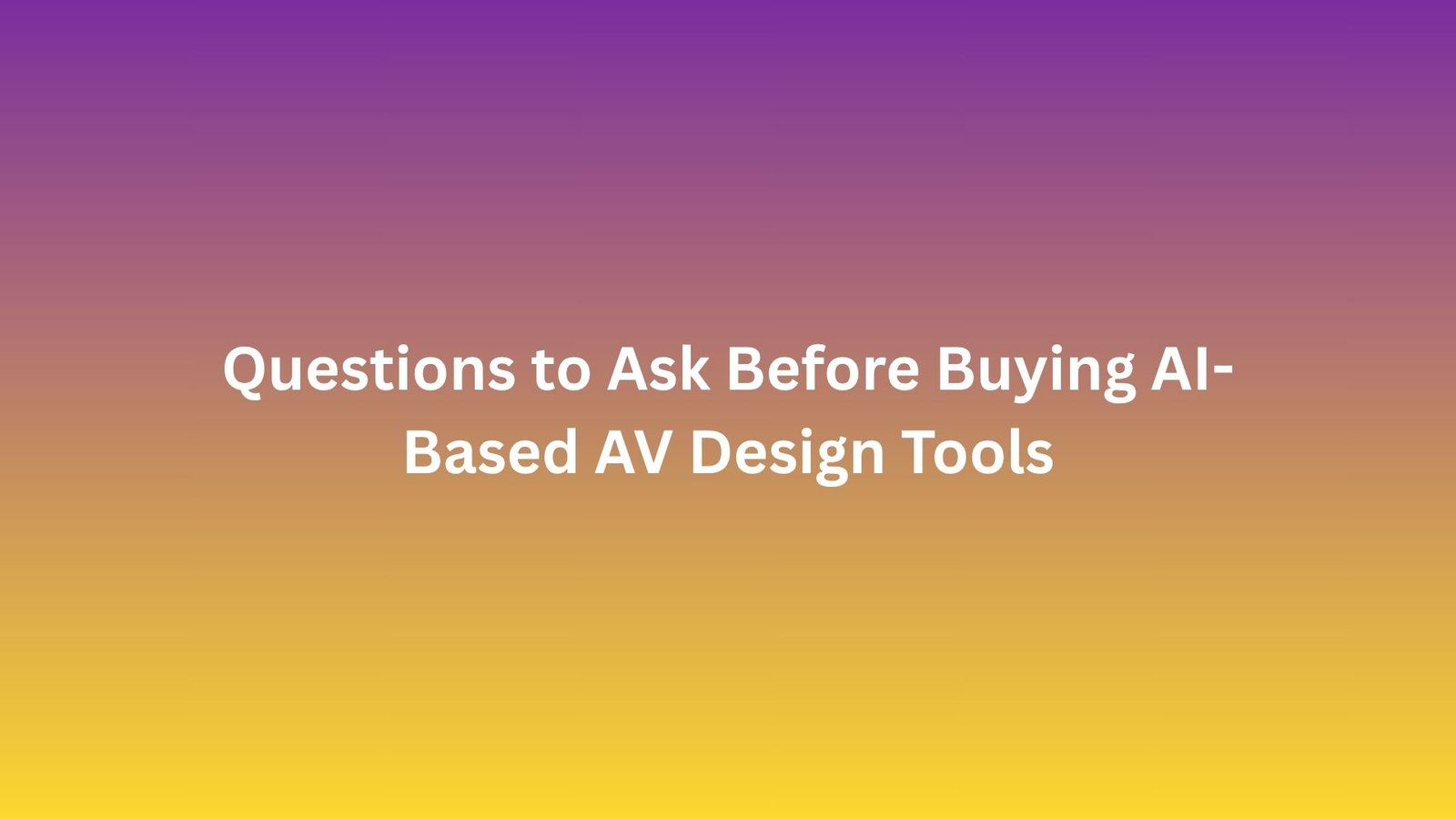

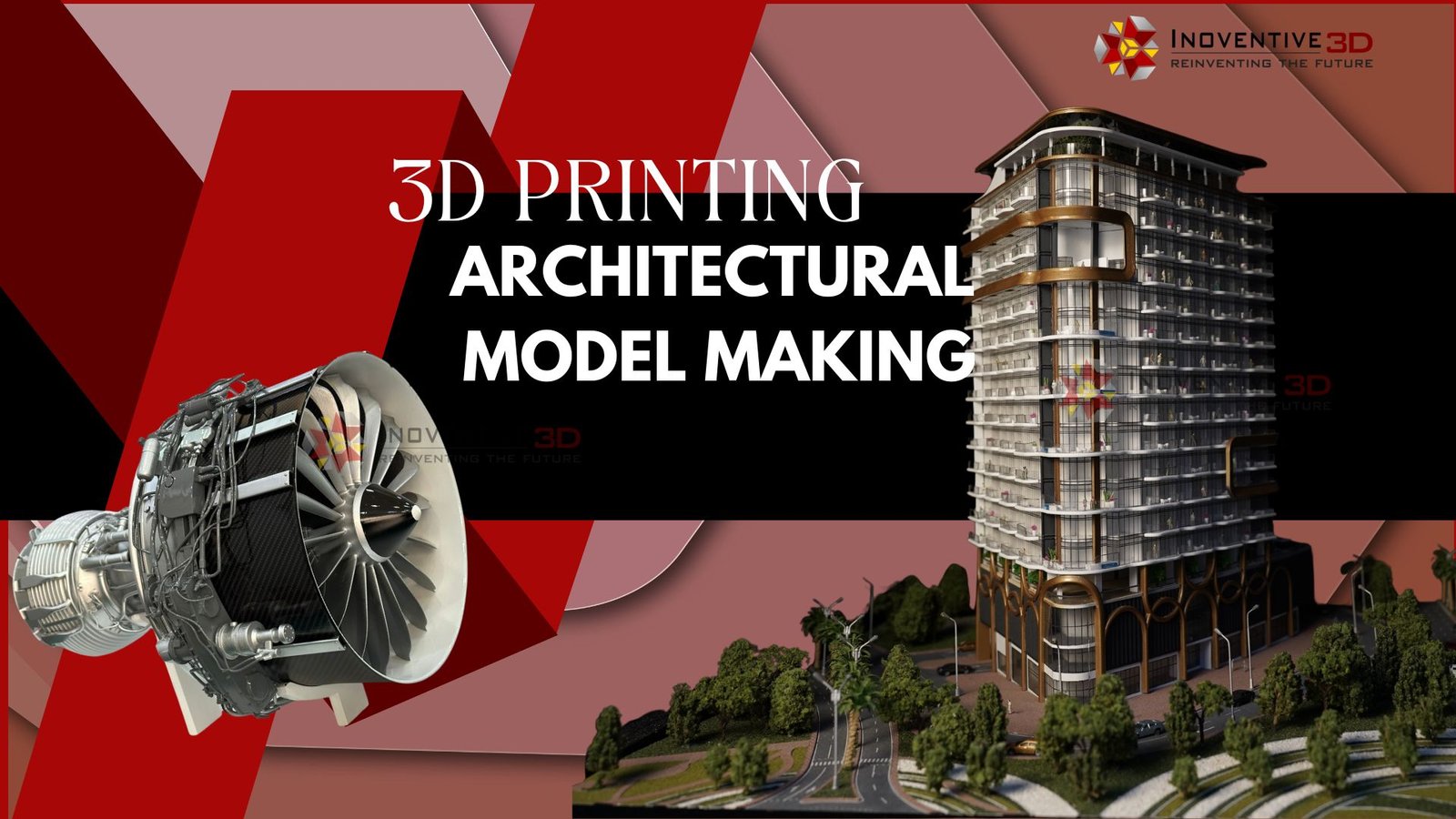
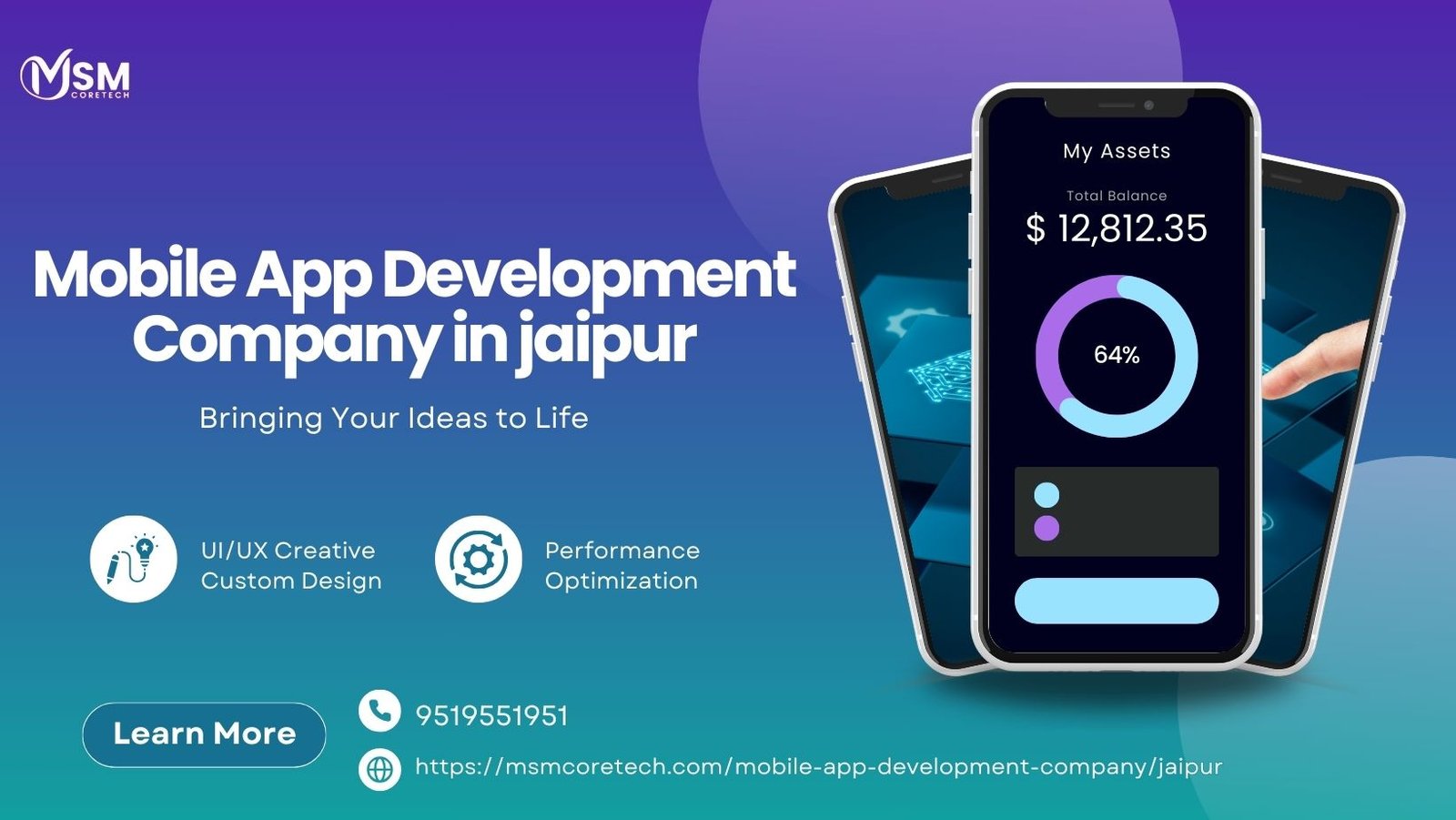

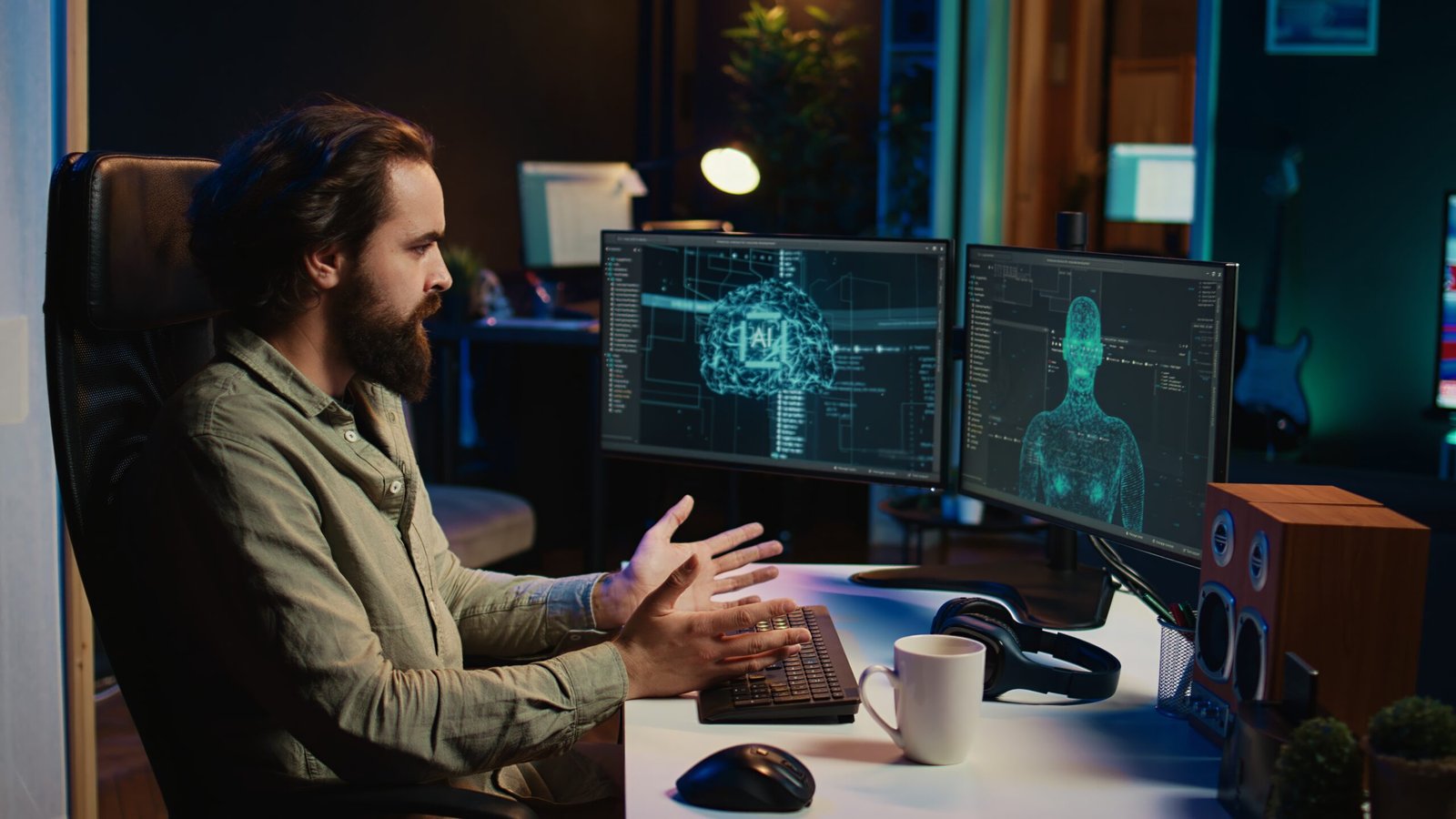



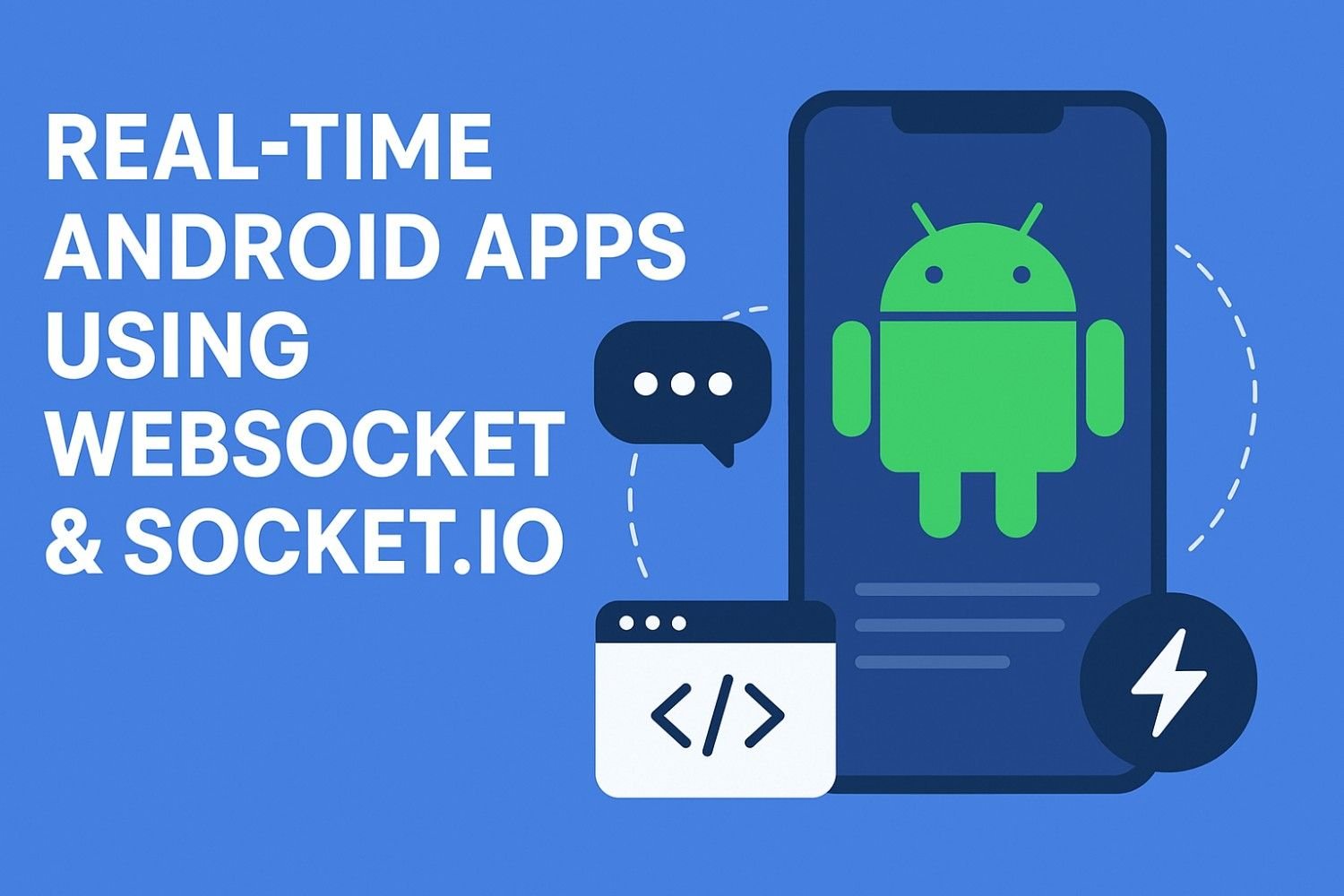
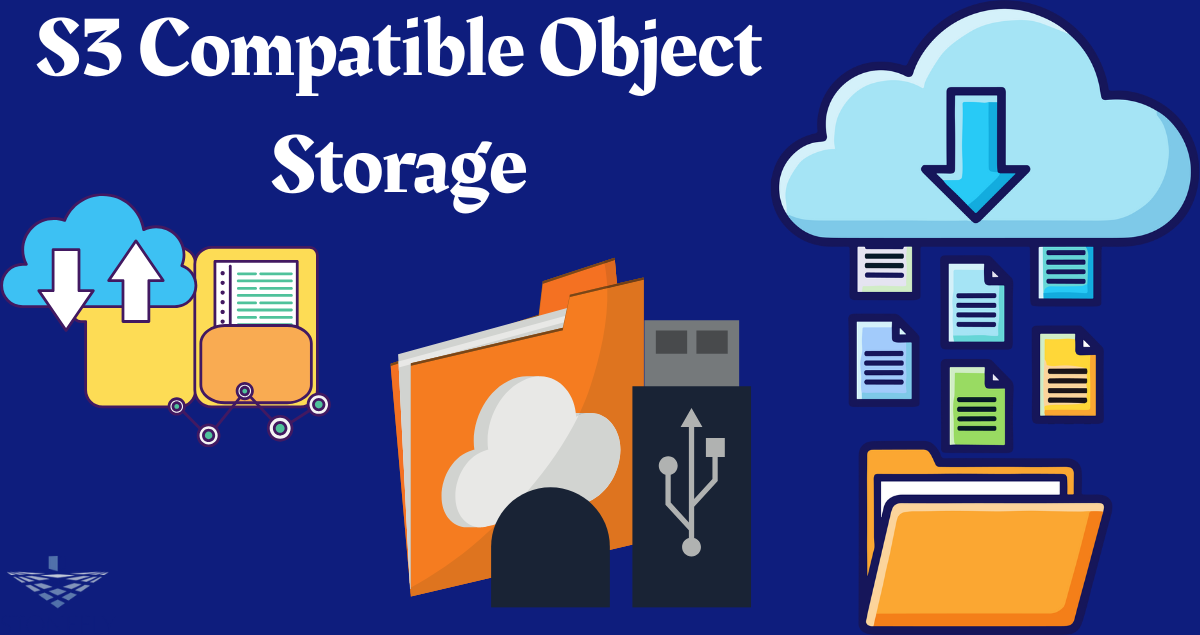

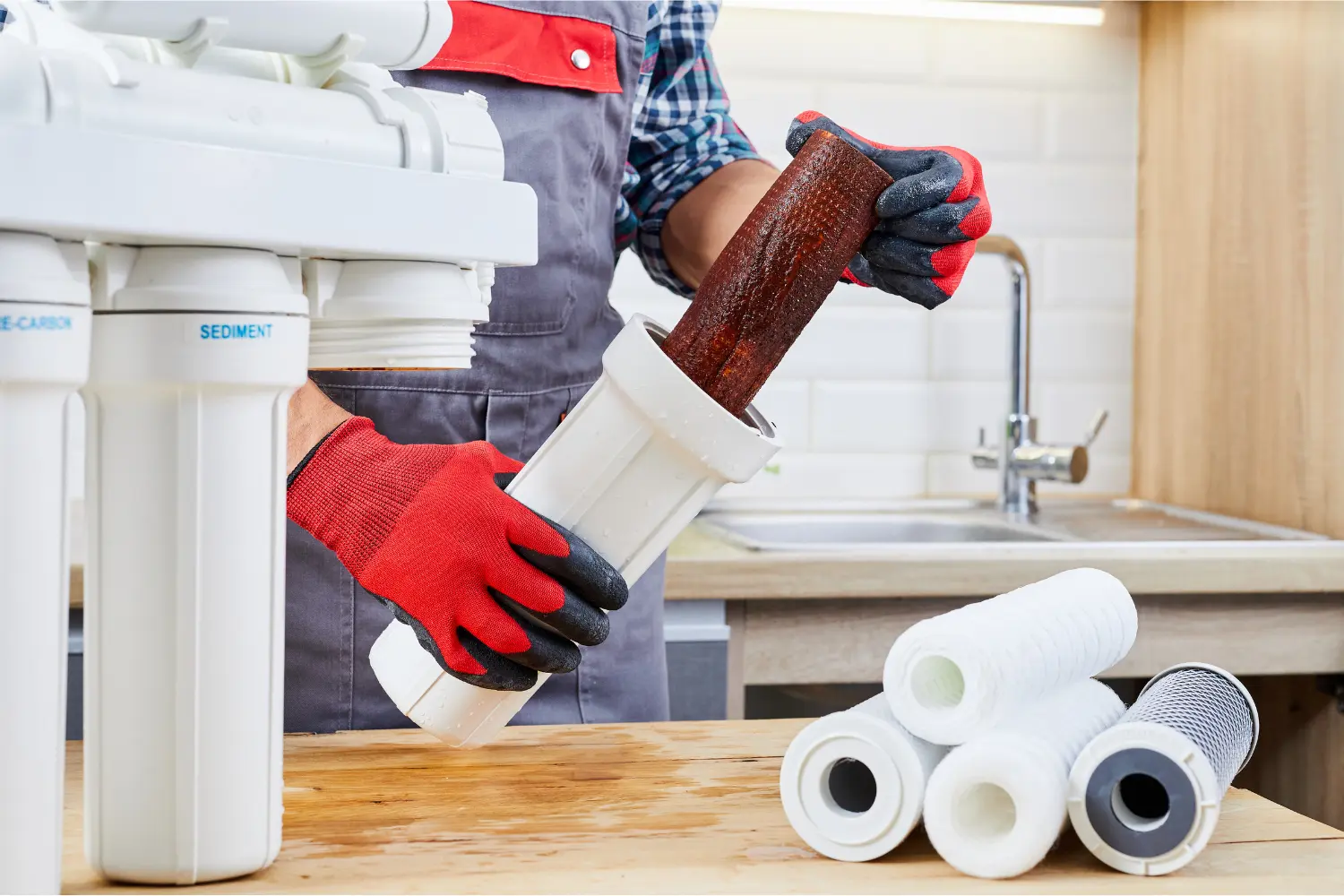

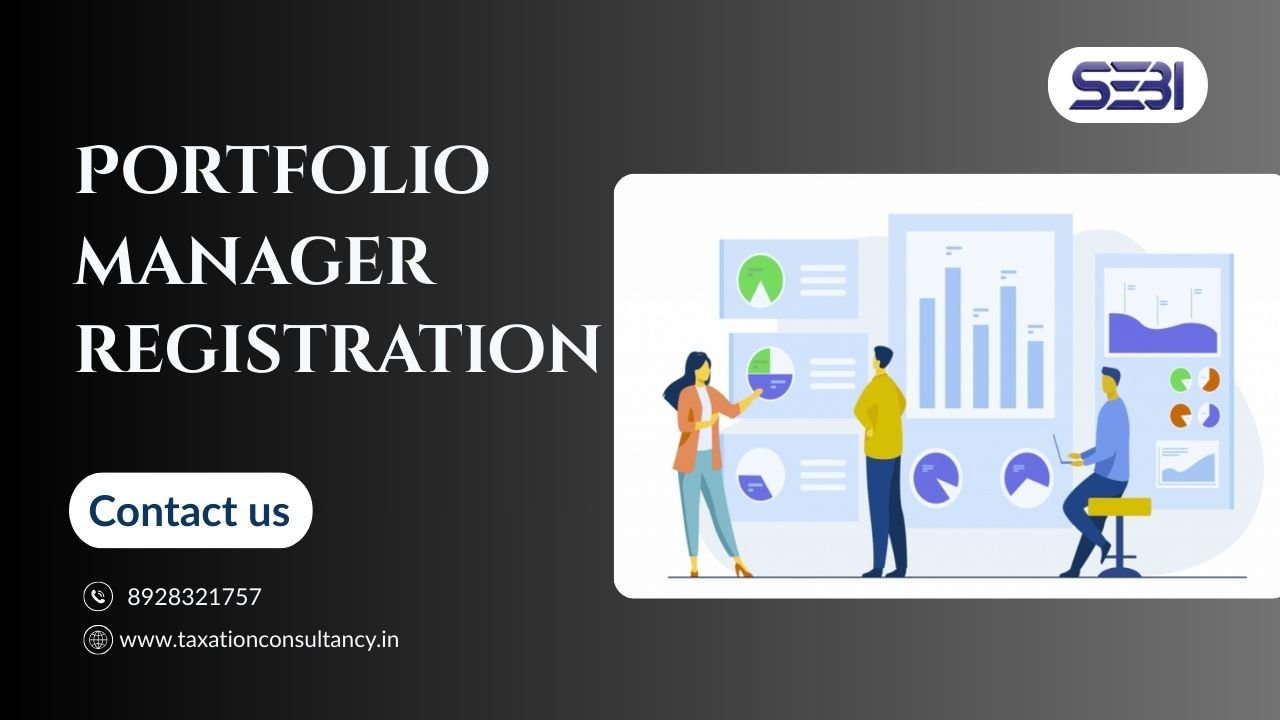
Leave a Reply